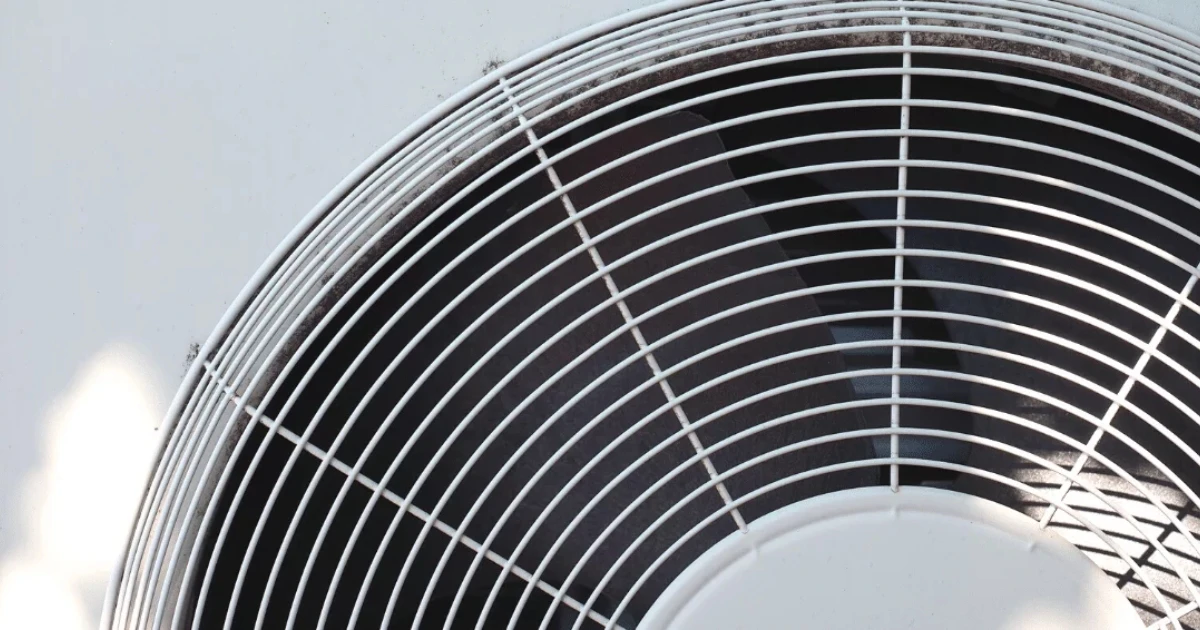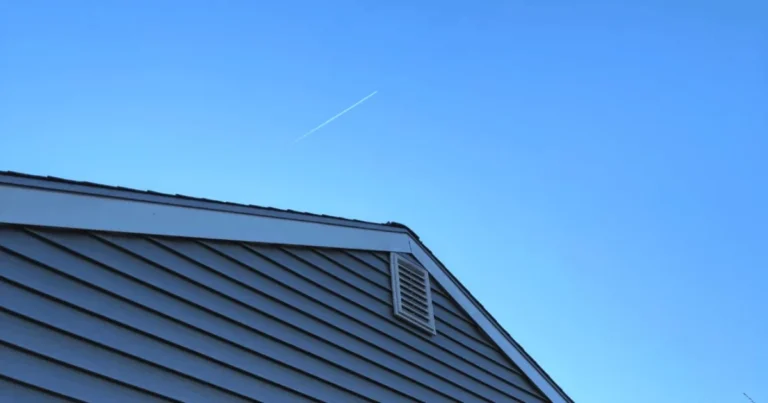Residential roof replacement in the Hudson Valley involves a lot more than putting on the roofing shingles. The shift in seasons causes drastic temperature changes throughout Westchester County and the surrounding area.
Without effective residential roof ventilation, your energy bill will be higher and your roofing material won’t last as long.
Why Does Roof Ventilation Matters in Westchester?
In climates like Westchester County, the right balance of intake and exhaust is key. A well-designed roof ventilation system helps circulate air, regulate temperature, prevent moisture buildup and mold growth. Most importantly, your ventilation is what protect your shingles so that they last as long as possible.
Best Roof Ventilation Methods for Westchester Homes
Every roof is different, especially in Westchester where we see a variety of roofing materials from traditional shingle roofs, to metal roofs, slate roofs & more.
That’s why there’s not just one answer to the question, “What’s the best roof ventilation system?”
Experienced roofers in Westchester, NY take a custom approach to designing the best roof ventilation system for your home. You need a combination of different types of vents that fit your unique situation.
Here are some of the most effective options for roof vents that we combine to create your unique ventilation system:
Attic Fans

Attic fans are placed near the peak of your roof and are often controlled by a thermostat. They kick on when the attic gets too hot or humid, helping to expel old air and bring in fresh air.
Gable Vents

Gable vents are installed at the ridge near the gable and can also add visual interest to your home. They allow air to exit through the top of your attic while helping with cross-ventilation.
Roof Ridge Vents

Ridge vents run along the horizontal peak of your roof and are hidden beneath shingles. They allow rising warm air to escape naturally, making them one of the most popular ventilation options.
Soffit Vents

Soffit vents are located at the lowest part of the roof, along the overhang. They draw in fresh, cool air that rises through the attic and pushes out old, warm air.
Power Vents

Power vents use electric or solar-powered motors to actively remove warm, humid air from your attic. Many models have smart technology that adjusts based on your home’s humidity.
Box Vents

Box vents are static vents placed where hot air tends to build up. They don’t use fans but rely on natural airflow to release heat and moisture from key areas of the attic.
Insulation

While not a vent, insulation plays a major role in keeping your roof system efficient. Proper insulation helps regulate attic temperature year-round, improving overall ventilation performance.
When it comes to attic insulation, there are a few different types that you can choose from. And, there’s a lot to think about before installing new insulation. I recently had the opportunity to contribute to an article on BobVila.com that helps homeowners choose the best insulation for your home if you want some tips!
How Much Roof Ventilation Do You Need?
The U.S. FHA recommends 1 sq. ft. of roof ventilation (split between intake and exhaust) for every 300 sq. ft. of attic space. Homes without a vapor barrier may need more.
GAF, one of the leading manufacturers of residential roofing systems has a roof ventilation calculator on their website that you can use to calculate the proper amount of ventilation based on the size of your home.
Benefits of The Right Roof Ventilation System
With the right setup, you get better air quality, lower energy bills, less ice buildup, and longer-lasting shingles. With the right roof ventilation system, you won’t have to worry about the accumulation of moist air which can lead to mold.
Why Roof Ventilation Should Be Part of Every Roofing Conversation
Proper roof ventilation isn’t just a nice-to-have, it’s essential for the long-term health of your home. Without it, you risk higher energy bills, trapped moisture, and premature wear on your roofing materials.
Whether you need a roof replacement or roof repairs, make sure your roofing contractor explains how your roof ventilation system will work.
Ask about intake and exhaust, and how your specific roof shape, attic size, and insulation factor into the plan. A well-ventilated roof lasts longer, performs better, and protects your home year-round.
Want a free estimate for your roof ventilation system?
Since 1972, our family-owned roofing company has been working with customers in Westchester, Putnam & Rockland Counties. Request your free estimate today.



